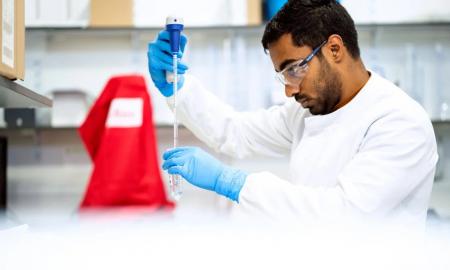The first thing to know about car accidents is what to call them.
A growing number of people, including Mark Rosekind of the National Highway Traffic Safety Administration, believe that since trains wreck and ships sink, cars should crash. A word like “accident” implies no fault, he opined, and only about 6 percent of car crashes are caused by defective products, bad weather, or other factors completely beyond the operator’s control. Mr. Rosekind may be leading the charge, but others are following.
Earlier this year, Nevada lawmakers voted to replace “accident” with “crash” in the state’s vehicle code and in other official documents, and the Associated Press advised its reporters that they should “avoid accident, which can be read by some as a term exonerating the person responsible.” In the 1900s and 1920s, industrialists and auto manufacturers started using the term “accidents” to describe workplace injuries and car crashes, as a way to shift blame from their plants and products to the workers or the drivers.
Merriam-Webster defines “accident” as “an unexpected happening” which “is not due to any fault or misconduct on the part of the person injured.”
Car Crash Causes
Speed is a factor in about a third of the fatal car crashes in California, because excessive velocity increases the likelihood of collisions and also increases the amount of force in these wrecks; the proportion is even higher on undivided highways. For negligence purposes, drivers are speeding if they exceed the posted speed limits or do not slow down and account for adverse conditions, like rain or darkness.
Many speeding drivers oversteer then over-correct, causing them to lose control of their vehicles. Moreover, excessive velocity increases stopping distance (reaction time plus braking time), so drivers have less time to react to unexpected situations, like a car that makes a sudden lane change. At 30mph, most cars travel about six car lengths between the time the driver sees the hazard and the time the car stops; at 50mph, stopping distance more than doubles, to over thirteen car lengths.
Furthermore, Newton’s Second Law of Motion says that speed multiplies the force in collisions, so non-injury “fender-benders” become serious injury crashes. Additionally, speed effectively transforms small objects in the passenger compartment, like cellphones and laptops, into high-speed missiles.
Alcohol is a factor in about a third of fatal crashes, despite a decades-long crackdown against “drunk drivers.” Chemically, alcohol is a depressant that slows reaction time and inhibits muscle control; alcohol also gives people a sense of euphoria that impairs judgment. Legally, because of the low burden of proof in civil cases, victims can prove impairment through circumstantial evidence, like:
- Bloodshot eyes,
- Erratic driving,
- Odor of alcohol, and
- Unsteady balance.
Direct evidence may be available as well, but in many serious injury crashes, the tortfeasor (negligent driver) is in no condition to take a breath or blood BAC test.
Many people who would never dream of drinking alcohol and then driving do not give a second thought to driving while they are fatigued. In fact, over a third of drivers admit that they fell asleep at the wheel on at least one occasion. Alcohol and fatigue have similar effects on the brain and body,and in fact, driving after eighteen consecutive hours without sleep is like driving with a .08 BAC, which is above the legal limit in California.
Once upon a time, “experts” said that drinking coffee, chewing gum, rolling down the windows, or turning up the radio could counteract the effects of drowsy driving. However, at best, these tricks simply make the drivers feel more alert for a few minutes; at worst, they may actually increase drowsiness and fatigue.
Liability in Car Crashes
The police report is not always dispositive in court, because especially if the victim is seriously injured or killed, the responding officer usually only hears one side of the story. Since the plaintiff has the burden of proof, an attorney usually gathers more evidence, by interviewing witnesses and reviewing physical evidence, such as the Event Data Recorder. Most all cars now have EDRs. These devices capture and record vehicle speed, steering angle, brake application, and other vital crash data.
The victim must establish liability by a preponderance of the evidence, which means more likely than not. If there are two equally-full water glasses side by side and someone puts a dropper-full of liquid into the glass on the left, it has more water than the glass on the right, and that is the picture of preponderance of the evidence.
If the victim proves that the tortfeasor owed a legal duty of care and breached that duty by speeding, driving while intoxicated, or otherwise, the victim is entitled to damages that the car crash caused. These damages include compensation for economic losses, such as medical bills, and noneconomic losses, including pain and suffering. Punitive damages may be available as well, if there is clear and convincing evidence that the tortfeasor acted with conscious indifference for the health and safety of others.






